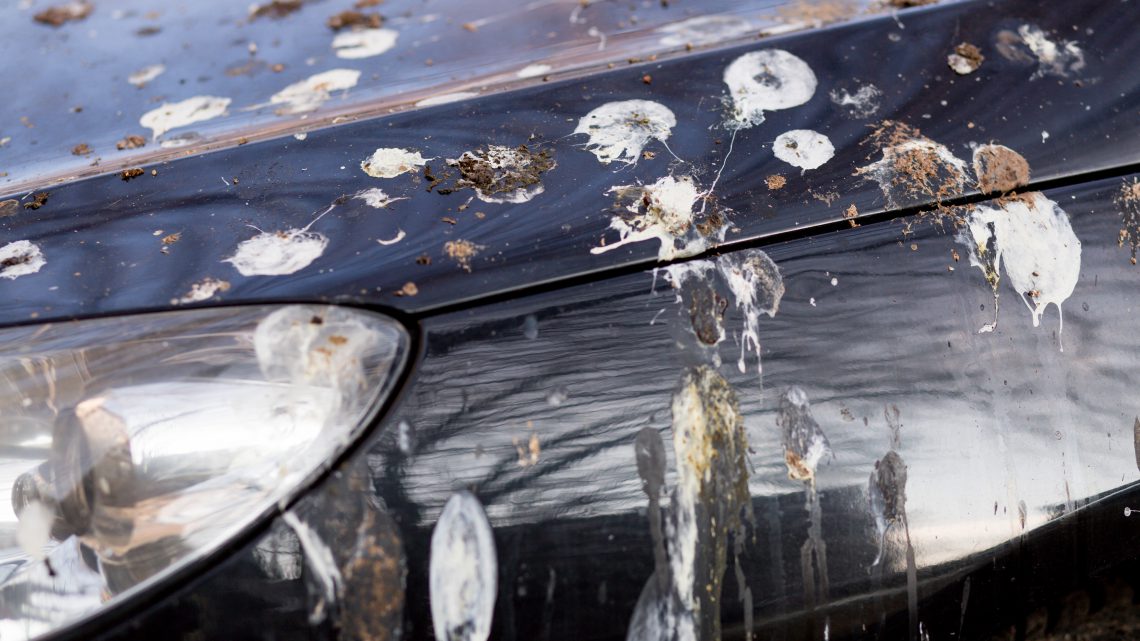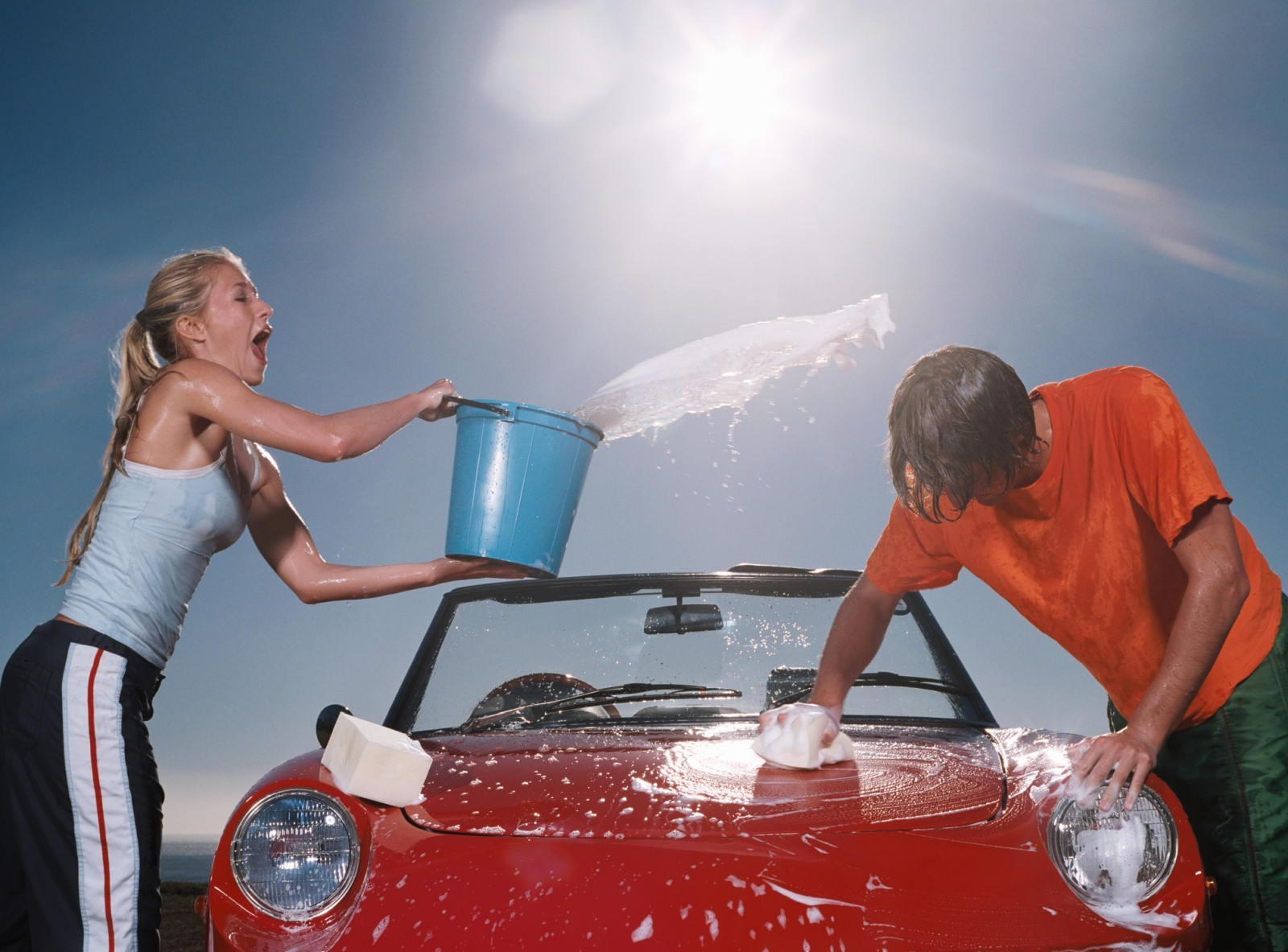Why it’s best not to wash your car on a hot summer day
Paint damage is lurking
Extreme temperatures are quite a challenge for cars. It’s not just tires and your interior that suffer in tropical temperatures. Your car’s paint is also extra vulnerable under sunny and hot situations.
Waiting with washing
That’s why it’s wise to wait a little longer to wash your car on a hot summer day. This is because the metal panels of a car retain a lot of heat. As a result, water dries up in no time and countless dried water droplets remain on your just-polished car. Also, laundry products dry up faster in full sun, making them less effective. That way you end up with streaks and stains instead of a shiny car. This is not only a waste of hard work, but can even damage the car paint.

Paint damage due to bird droppings
A familiar culprit: bird droppings. In hot weather, this is extra annoying for your car paint. The acids in bird droppings “eat” into your car paint faster under warm conditions. The result: dull spots or even damaged paintwork. Large temperature differences increase the problem. The paint beneath that bird droppings shrinks and expands at a slower rate than the surrounding surfaces. This creates unevenness and color differences.
So don’t wait too long and remove bird droppings from your car quickly. In doing so, beware of scratches and damage when you try to remove those stubborn spots of bird droppings.
Also read: This is the best way to get bird droppings off your car

Drought
On average, a Dutchman washes his car 4 to 5 times a year. It takes a lot of water to do that. And in hot weather and prolonged drought, the advice is to use water sparingly. Currently, a special Water Shortage Management Team (MTW) regulates water use in our country.
Those who still want to wash their car in the summer are advised to go to a car wash. “A turn in the car wash uses 350 to 450 liters of water,” says Theo Heikamp of Dico carwash on NPO Radio 1. Dico Carwash is a company that supplies machines for carwashes. “On average, this involves 150 liters of fresh water. The most economical devices use 70 liters of fresh water.”

Good for car and environment
Fanatical car owners easily need 65 to 80 liters of water when washing their cars themselves. In terms of water consumption, it doesn’t make much difference whether you go through the car wash or polish the car at home. Yet going through the car wash is better for the environment. There they do not use drinking water, but groundwater. In addition, the wastewater is filtered, whereas the home cleaner usually just washes away all the dirt and soap residue.

